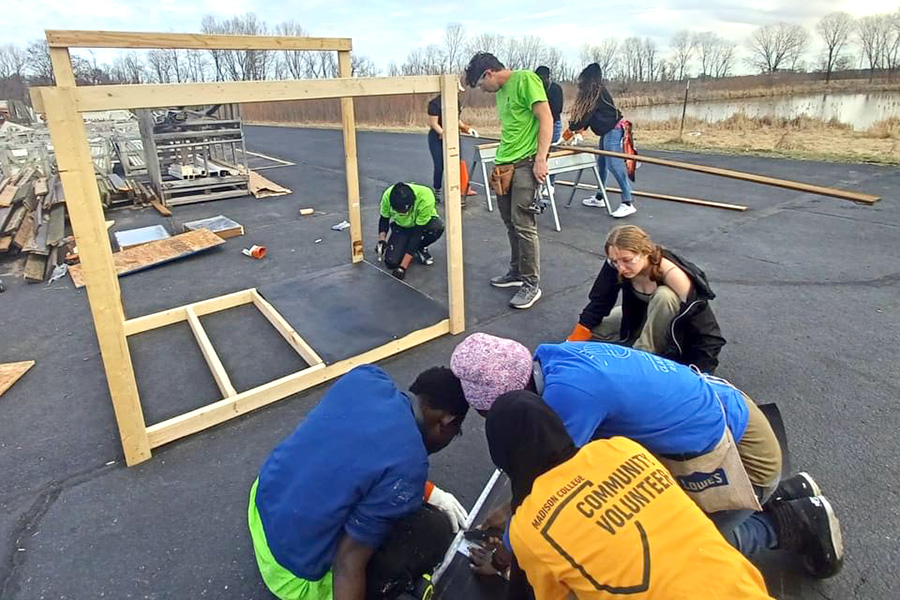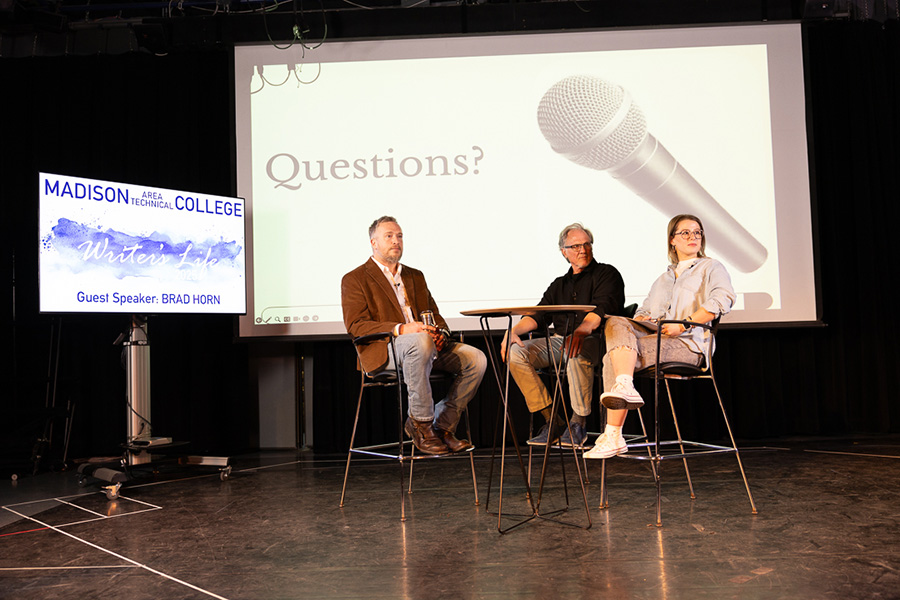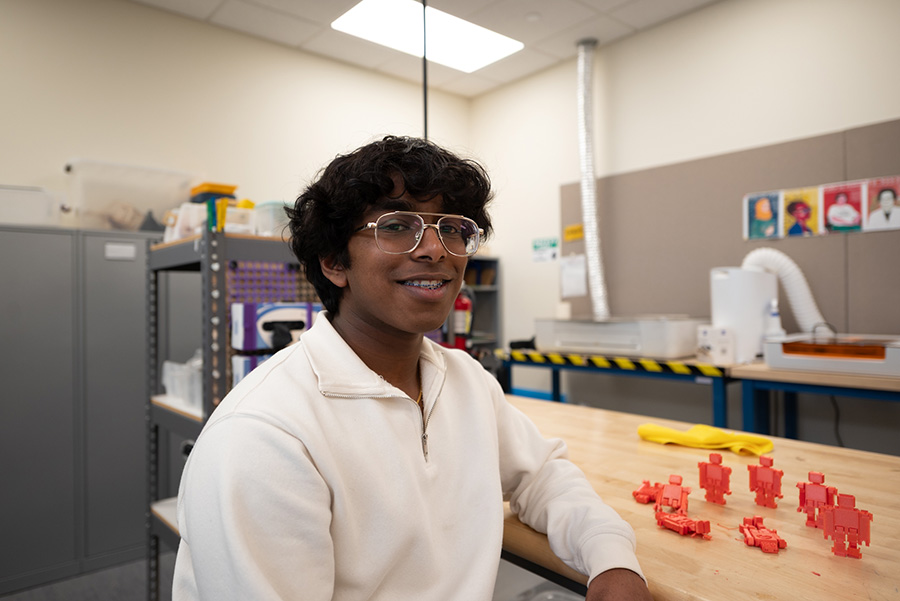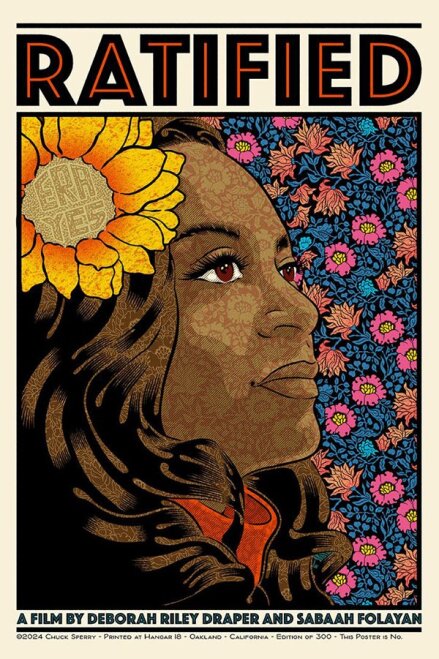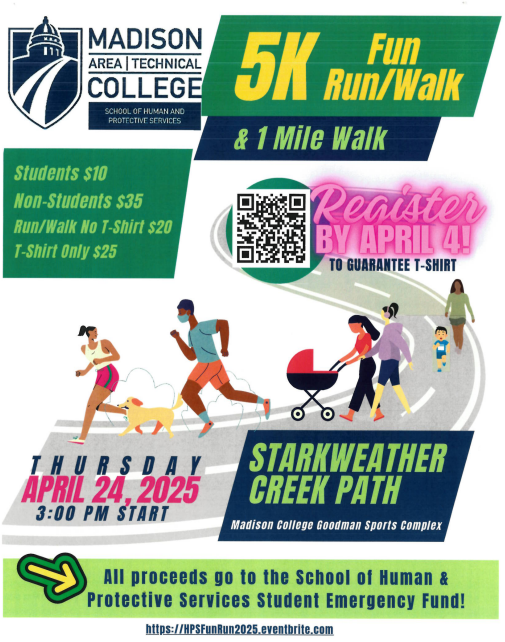Understanding Autism Spectrum Disorder
April 22, 2020
Autism stems from the Greek word autos, meaning “self.” Autism literally means “alone.” People who have Autism Spectrum Disorder, or ASD, have a hard time understanding nonverbal cues like gestures, facial expressions, body language and eye contact. I will guide you how a person diagnosed with ASD interprets each nonverbal cue and how you can help them. I do not have ASD; but I do have Nonverbal Learning Disability, which has symptoms that are very similar to ASD.
People with ASD often demonstrate restricted, repetitive, and stereotyped interests or patterns of behaviour. An example of repetitive behaviour is talking about a topic they like and talking to anyone and everyone about it. I have seen a person with Autism talking to one person about dogs, and then this person moves on to a different person to talk about dogs. According to the American Academy of Pediatrics, or AAP, this organization recommends all children from ages 18 and 24 months be tested if they have Autism Spectrum Disorder. Some of the tests include behaviour testing, DNA testing to see if anyone in their family has ASD and occupational therapy testing. For example, getting dressed, playing a sport, taking a class, cooking a meal and getting together with friends are all considered occupations.
Like I said earlier, people who have Autism Spectrum Disorder, or ASD, have a hard time understanding nonverbal cues like gestures, facial expressions, body language and eye contact. People who have ASD are also labelled as socially awkward due to them not understanding nonverbal social cues.
Let’s start off with gestures. There are people out there who prefer to talk with their hands. So the person diagnosed with ASD may think a person is saying one thing, but is actually saying something completely different. Like a thumbs-up means “okay” or “yes.” A hand being held parallel to the ground and shaken means “so so” or “possibly.”
The most instances that are confusing to people with ASD is if you say one thing, but your body language says something else. The person with ASD will likely feel that you’re being dishonest. For example, saying “yes” while shaking your head no, is the most confusing.
Next comes facial expressions. Happy shows you smiling and sad shows a frown, but some facial expressions don’t make sense for people with ASD. Like when someone is mad, their eyebrows are scrunched up and their lips are tight. Or when someone is surprised, their eyebrows shoot up and their voice doesn’t sound confident at all. This can be confusing, and those with ASD are experiencing confusion over these situations more frequently than those who have not been diagnosed with ASD. Being overly nice or when a smile doesn’t seem to match up to the tone of voice, that also confuses a person who has been diagnosed with ASD.
Body language is also hard to interpret for people who have Autism Spectrum Disorder. When people fold their arms, they are upset. When someone slouches, they aren’t interested in what you have to say. When someone sits up straight, they’re paying attention. Often people who are diagnosed with ASD misinterpret body language. They may think that slouching just means they are tired and not wanting to sit up straight. Or when someone has their hands on their desk and their head on their hands, they may think this person is taking a break from something stressful, but they are instead trying to relax and possibly take a nap.
To me, it seems people who have Autism Spectrum Disorder have an extremely hard time making eye-contact with people. When you’re talking to one of the people who have been diagnosed with ASD, they took at the space in between your eyes, or at your forehead. It seems like they’re not paying attention to what you have to say, but they really do. Making eye-contact with someone they don’t know is especially challenging because they are just not comfortable with whom they are speaking. It’s not disrespectful, this person is just building up the confidence to make eye-contact with that person.
When you’re talking to someone who has Autism Spectrum Disorder, or ASD, they have a hard time understanding somethings like facial expressions, hand gestures and other nonverbal communications. Just be patient with them if they don’t get something the first time. People learn in different ways.


